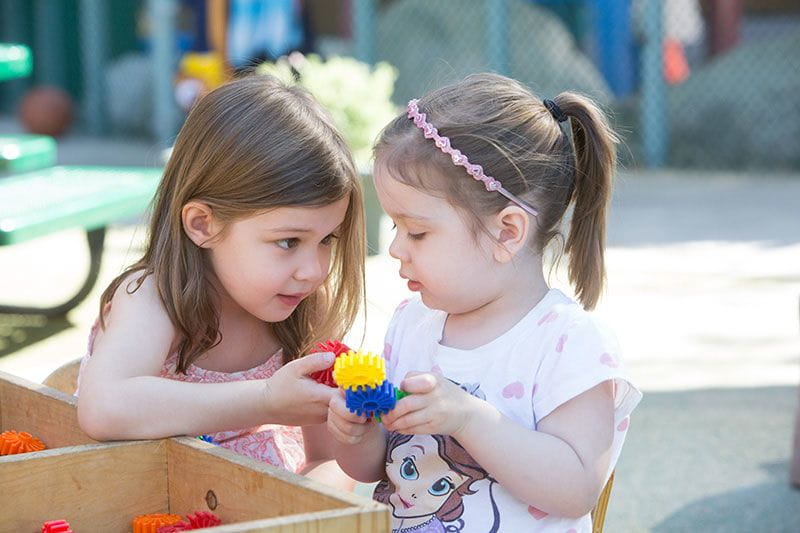
The early years of a child’s life are a whirlwind of growth and development. As parents, we navigate a sea of choices to support this crucial stage, and often, the terms “preschool” and “pre-kindergarten” (pre-K) come up. While both programs cater to young children, there are some key distinctions to consider. Understanding these differences can help you decide which option best suits your child’s needs.
Age is a Starting Point:
The most prominent difference lies in age. Preschool typically caters to children between the ages of 2 and 4. This is a period of rapid social, emotional, and cognitive development. Play is the cornerstone of learning in preschool, with activities designed to foster creativity, exploration, and basic skills. Pre-K, on the other hand, focuses on children aged 4 to 5, preparing them for the transition to kindergarten. The curriculum becomes more structured, with an emphasis on foundational academic skills like letter recognition, early math concepts, and social-emotional readiness.
Learning Through Play:
Preschool classrooms are vibrant spaces brimming with toys, games, and art materials. The focus here is on fostering a love of learning through play-based activities. Children explore themes, colors, shapes, and textures, all while developing social skills through cooperation and communication. Teachers act as facilitators, guiding children’s exploration and encouraging curiosity. This playful environment allows children to learn at their own pace, building a strong foundation for future academic success.
Preparing for Kindergarten:
Pre-K programs bridge the gap between preschool and kindergarten. The curriculum becomes more structured, with dedicated time for circle time, story time, and small group activities. Teachers introduce basic literacy and numeracy skills, helping children recognize letters, sounds, numbers, and basic counting. Social-emotional development remains a core aspect, with programs focusing on following directions, taking turns, and resolving conflicts peacefully. Pre-K prepares children for the more formal learning environment they will encounter in kindergarten.
The Right Fit for Your Child:
The decision of whether to enroll your child in preschool or pre-K depends on their individual needs and your family’s circumstances. Some children may benefit from the social interaction and early learning experiences offered by preschool at a younger age. Others might thrive in a more structured pre-K setting specifically designed to prepare them for kindergarten.
Considerations for Parents:
Here are some factors to ponder when making your decision:
- Your child’s age and developmental stage: Is your child closer to 2 or 4 years old? How comfortable are they in social settings, and are they starting to show interest in letters and numbers?
- Your family’s needs: Do you require childcare support beyond the traditional school hours offered by kindergarten?
- Program options: Explore what preschool and pre-K programs are available in your area. Consider factors like class size, curriculum focus, and teaching philosophy.
- Cost and access: Publicly funded pre-K programs are becoming increasingly available, but preschools can vary in cost depending on location and program type.
Investing in the Future:
Ultimately, both preschool and pre-K offer valuable benefits for young children. Preschool fosters a love of learning through play, while pre-K prepares them for the academic and social demands of kindergarten. By understanding the differences between these programs and considering your child’s individual needs, you can make an informed choice that sets them on the path to a successful educational journey. Remember, these early years are a time for exploration and growth. Whether through the playful world of preschool or the pre-kindergarten classroom preparing them for the next step, both options play a significant role in shaping your child’s future.

